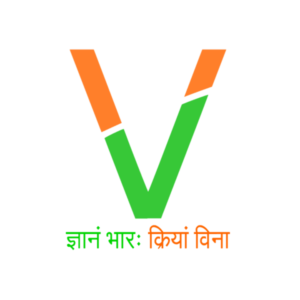Paridhi Verma
Indore Institute of Law
Justice Delayed is Justice Denied?[i]
Background:
This pandemic has affected us gravely, inaccessible courtrooms are a major result of the same. Common people who rely on courts to repair their issues will have to wait endlessly to get justice. Virtual mode of hearing is also failed to achieve the desired results as because the number of people does not have knowledge about the techniques and procedure of hearings which brought the wheels of justice system almost to a grinding halt.
In a situation where, hospitals, banks, shops, and other governmental bodies are working taking all the precautionary measures then the question of proper functioning of court is inquired. Unfortunately, because of the subtle halt in the administration of justice, people are taking advantage out of that to engage in undesirable and illegal behavior, which is in turn, exploiting the rights of others.
On other hand, heinous criminals are getting bail because of COVID-19 and victims are still waiting for their hearings and justice. Sub-ordinate courts are loaded with uncountable pendency of cases and delays mainly because of improper and inadequate resources.
Four months ago, the Bar Council of India appeal to the Registrar General of Delhi High Court by suggesting various methods which can be introduced to ensure safety and conducting court proceedings with measures of restricted entry and sanitization of all entrants because video-conferencing and virtual hearings[ii] is not possible for many district courts and advocates to get well-equipped with technology and to use such system without any glitch.
In Naresh Shridhar Mirajkar and Ors. v. State of Maharashtra and Anr.[iii], Supreme Court clearly stated that: “Public confidence in the administration of justice is of such great significance that there can be no two opinions on the broad proposition that in discharging their functions as judicial Tribunals, courts must generally hear causes in open and must permit the public admission to the court-room.”
Amidst of COVID-19, the full bench of the Supreme Court was instituted by exercising inherent powers under Article 141 and 142 of the Constitution which states that the Supreme Court shall declare law which shall be binding on all courts within the territory of India.[iv] Order was passed by extending the limitation for filing petition, applications, suits, and other proceedings before the court. From 18 May, the Supreme Court started a virtual hearing system by suspending the above notification.
Pros and Cons of Virtual Hearings
Pros:
- It can save the time of the party and parties can go through the speedy resolution of disputes.
- Virtual hearing brings the ease and smoothness in solving out the disputes of the parties and it is less aggressive than doing a court claim.
- The subject of jurisdiction is avoided as parties from their places can solve the dispute easily.
Cons:
- The first and foremost issue which is coming up is that people are lacking face to face encounters, having security and also they are facing confidentially issue too.
- The primary requisite for virtual hearing is computer and internet operation. A major section of society, especially poor people do not have knowledge and access to internet operation.
- Parties are even guided by a third person, who is present in the room, which is not judicious in the eyes of law.
Well, it is clear from both studies that providing justice virtually would not replace the traditional judicial system. Access to justice is one of the fundamental to preserve the rule of law embedded in the Constitution of India but by the outbreak of COVID-19 even lawyers of the country are trying their best to sort out through “Virtual Court System” but they are facing many problems. We also can’t ignore the fact that India is still a developing country and people are still unaware by the fact of ” Virtual Hearing” and the current systems in place is inefficient in saving time, money, and promoting more peaceful ways to resolve disputes, despite the overwhelming case burden on the current court system.
Conclusion:
59,867 cases are pending with the Supreme Court, 44.75 lakhs cases pending with High Courts, and a whopping 3.14 crore cases pending with District Courts all over the country as of November 2019 but the number of cases disposal is shockingly very low than the number of cases filed. When the whole country is moving towards unlocking so this is the high time that the Courts can resume their normal functioning with all precautions and restrictions to curb out the injustice from the society.
REFERENCES:
[i] William E Gladstone, Former British Statesman, and Prime Minister.
[ii] G.L. Verma, Justice Quarantined is Justice Denied, The Statesman, https://www.thestatesman.com/supplements/law/justice-quarantined-justice-denied-1502901085.html.
[iii] (1)1966 SCR (3) 734.
[iv] J.N. Pandey, Constitutional Law of India, Central Law Agency, 51st Edition.


















